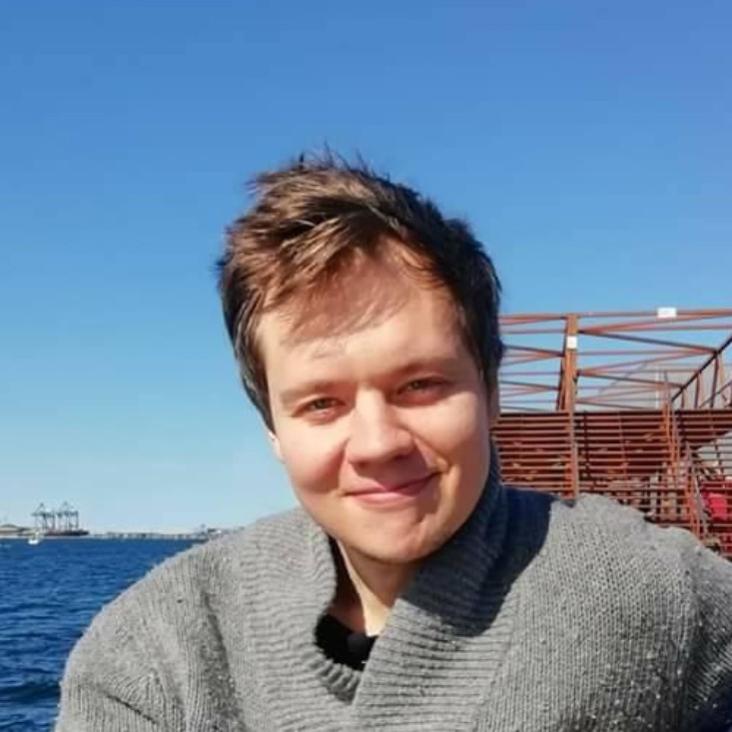Vertically Recurrent Neural Networks for Sub‐Grid Parameterization
Journal of Advances in Modeling Earth Systems Wiley 17:6 (2025) e2024MS004833
Abstract:
Machine learning has the potential to improve the physical realism and/or computational efficiency of parameterizations. A typical approach has been to feed concatenated vertical profiles to a dense neural network. However, feed‐forward networks lack the connections to propagate information sequentially through the vertical column. Here we examine if predictions can be improved by instead traversing the column with recurrent neural networks (RNNs) such as Long Short‐Term Memory (LSTMs). This method encodes physical priors (locality) and uses parameters more efficiently. Firstly, we test RNN‐based radiation emulators in the Integrated Forecasting System. We achieve near‐perfect offline accuracy, and the forecast skill of a suite of global weather simulations using the emulator are for the most part statistically indistinguishable from reference runs. But can radiation emulators provide both high accuracy and a speed‐up? We find optimized, state‐of‐the‐art radiation code on CPU generally faster than RNN‐based emulators on GPU, although the latter can be more energy efficient. To test the method more broadly, and explore recent challenges in parameterization, we also adapt it to data sets from other studies. RNNs outperform reference feed‐forward networks in emulating gravity waves, and when combined with horizontal convolutions, for non‐local unified parameterization. In emulation of moist physics with memory, the RNNs have similar offline accuracy as ResNets, the previous state‐of‐the‐art. However, the RNNs are more efficient, and more stable in autoregressive semi‐prognostic tests. Multi‐step autoregressive training improves performance in these tests and enables a latent representation of convective memory. Recently proposed linearly recurrent models achieve similar performance to LSTMs.Emulation of sub-grid physics using stochastic, vertically recurrent neural networks
Copernicus Publications (2025)
The Cycle 46 Configuration of the HARMONIE-AROME Forecast Model
Meteorology MDPI 3:4 (2024) 354-390
Abstract:
The aim of this technical note is to describe the Cycle 46 reference configuration of the HARMONIE-AROME convection-permitting numerical weather prediction model. HARMONIE-AROME is one of the canonical system configurations that is developed, maintained, and validated in the ACCORD consortium, a collaboration of 26 countries in Europe and northern Africa on short-range mesoscale numerical weather prediction. This technical note describes updates to the physical parametrizations, both upper-air and surface, configuration choices such as lateral boundary conditions, model levels, horizontal resolution, model time step, and databases associated with the model, such as for physiography and aerosols. Much of the physics developments are related to improving the representation of clouds in the model, including developments in the turbulence, shallow convection, and statistical cloud scheme, as well as changes in radiation and cloud microphysics concerning cloud droplet number concentration and longwave cloud liquid optical properties. Near real-time aerosols and the ICE-T microphysics scheme, which improves the representation of supercooled liquid, and a wind farm parametrization have been added as options. Surface-wise, one of the main advances is the implementation of the lake model FLake. An outlook on upcoming developments is also included.First results and future plans for ecRad radiation in Météo-France models
Copernicus Publications (2024)
Representing sub-grid processes in weather and climate models via sequence learning
(2024)


